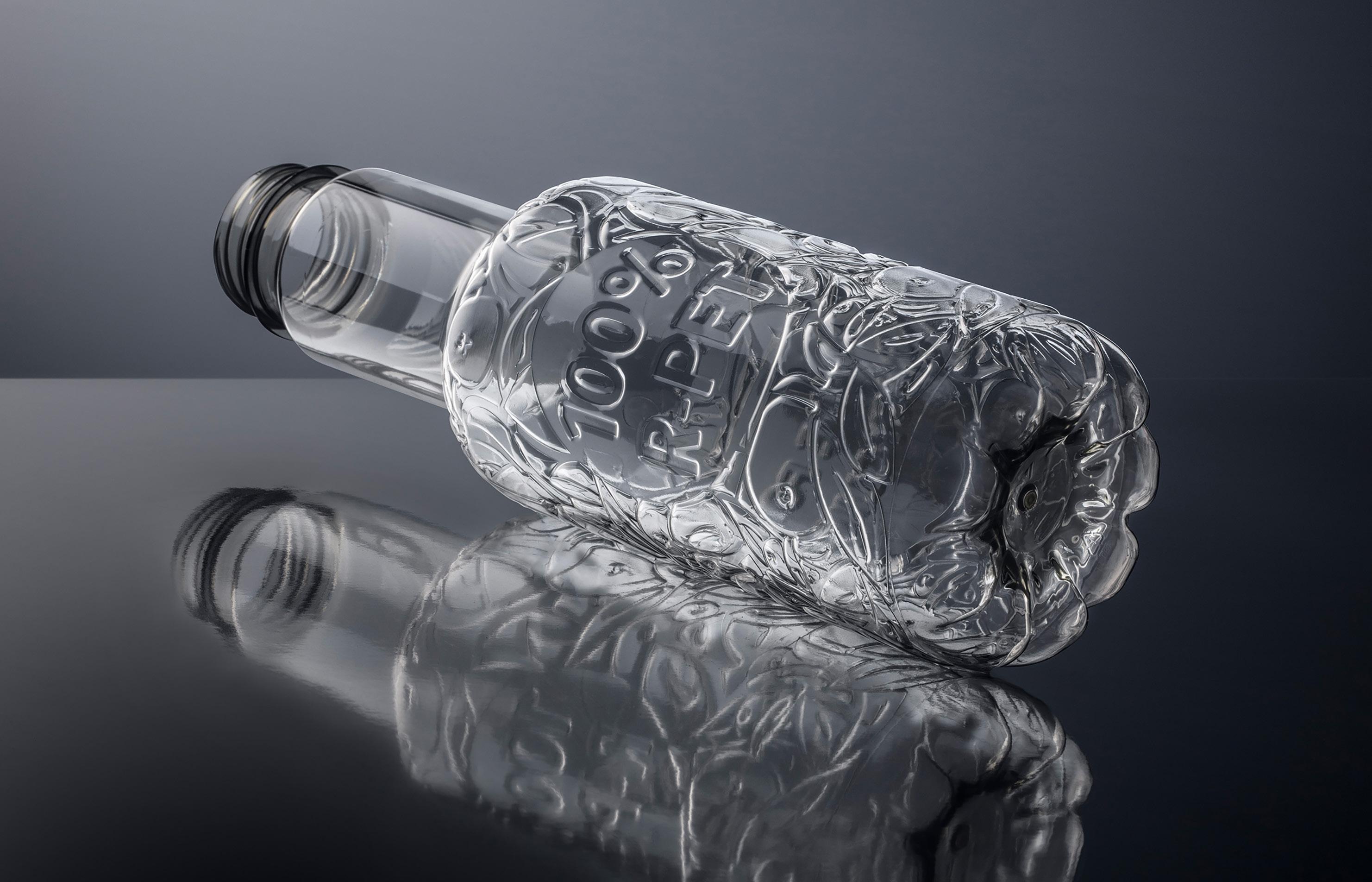
3 minute read
Close the plastics loop with sustainable systems and solutions
The plastics debate presents the food and beverage industries with serious challenges, but the KHS Group says increased use of recycled PET could provide a solution.
Plastic can be very easily recycled, especially PET, as it satisfies the legal requirements governing foodgrade materials. With other materials, i.e. polypropylene, polyethylene and polystyrene, quality loss on application is irreversible, but recycled PET can always be brought up to the standard of new material.
The cost of virgin PET is based on crude oil and benefits from current low market prices. The charge for recycled PET (rPET) has grown and companies now pay about 20% more for rPET than the original material. Some beverage producers also fear that rPET may discolour or that its intrinsic viscosity may drop.
The European PET Bottle Platform helps to assure high quality standards with clear specifications and certifications. From a technical standpoint, there is nothing preventing the global use of high percentages of recycled PET. Brand owners are even opting to use bottles made of 100% recyclate.
Brands such as Danone Waters, Pepsi and Coca-Cola plan to introduce a worldwide quota of 50% by 2025. Their objective? They would like the consumer to interpret the slight greying that can occur when PET bottles are recycled several times as a hallmark of quality for sustainable packaging.
The KHS Group has been examining the use of recyclate since 2012. KHS’ Bottles & Shapes service programme focuses on the practical application on stretch blow moulders and filling and packaging lines. “We run tests to qualify recycled PET so that we can tell our customers in advance which impact the material will have on the blow moulder and bottle quality,” says Arne Wiese, product manager for Bottles & Shapes at KHS Corpoplast.
KHS works closely with preform manufacturers. They are often the companies which subject washed PET flakes or rPET granulate to further thermomechanical processing and prepare them for injection moulding. KHS is also liaising with various engineering companies on preform manufacture. Data from the injection moulding process can be used to adapt the stretch blow moulding process. This makes bottle production faster and more efficient and improves the quality of the finished containers.
With recyclate, the colour can vary from batch to batch. Darker material absorbs heat better and lower heating capacity requires less energy. This makes production efficient, although adaptations must be made to the blow moulding programme on the stretch blow moulder.
It is essential that effects are quantified. Another challenge is intrinsic viscosity. “The longer the recyclate is boiled under vacuum, the longer the polymer chains become. This means that the intrinsic viscosity increases and quality improves. This could result in additional costs, which not everyone is prepared to invest,” Wiese points out. “We have to come up with ways of redistributing material from uncritical areas, such as the bottle base in the case of still water, to more critical zones.” Experience shows that manufacturers of premium brands – whose containers have thicker walls – have less cause for adjustment than discounters, where lightweight options have often been exhausted. This is where recyclate can reach its limits.
KHS technology in cooperation with inspection technology manufacturer Agr International boasts some successes. Unit Mold Control is a digital, automated control system that regulates the blow stations on the InnoPETBlomax individually.
It helps to control material distribution; reduces variations in wall thickness by up to 30% and lessens fluctuations in quality during stretch blow moulding. “This is especially relevant when using recycled pet,” explains Frank Haesendonckx, head of technology at KHS Corpoplast. “The quality of material can vary, meaning that the lower the preform weight, the greater the fluctuations in the material in the bottle and the more unstable it becomes.”
During continuous wall thickness inspection, the new system identifies unwanted material displacement and automatically counteracts this. Unit MoldControl combines weight reduction with bottle stability and is one of the many sustainable and effective answers thrown up by the current packaging debate. •
KHS - www.khs.com
FAST FACT:
What sets bottles apart from other plastic products born in the post- World War II rise of consumerism is the sheer speed with which the beverage bottle, now ubiquitous around the world, has shifted from convenience to curse. The transition played out in a single generation.“The plastic bottle transformed the beverage industry and it changed our habits in many ways,” says Peter Gleick, co-founder and president emeritus of the Pacific Institute in Oakland, California, and author of Bottled and Sold: The Story Behind Our Obsession with Bottled Water.








